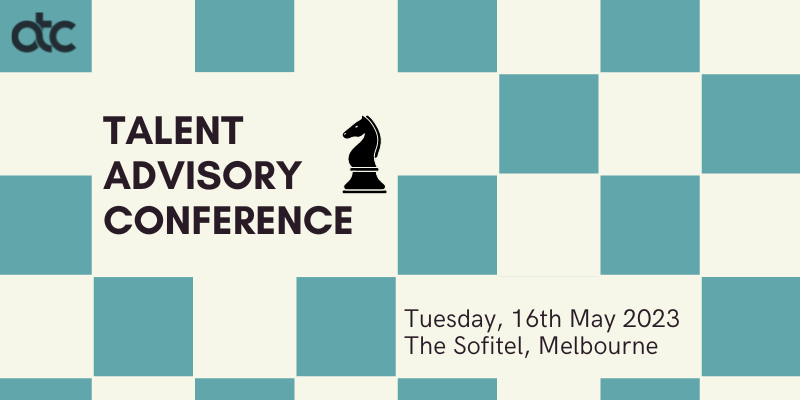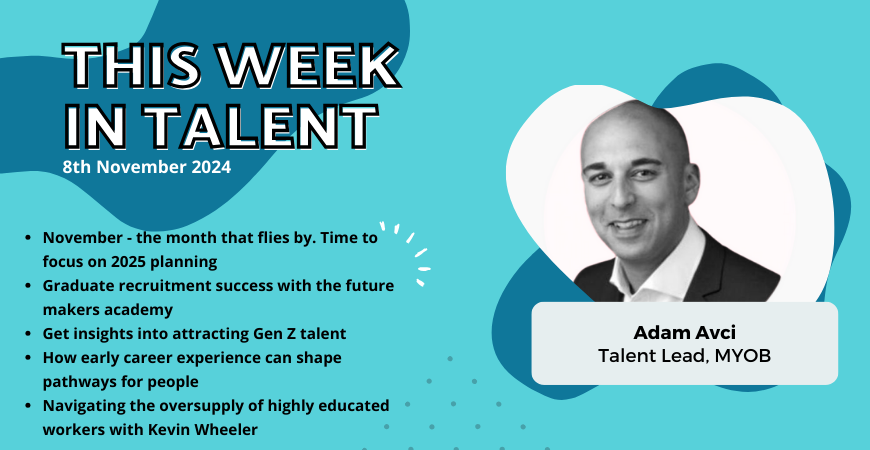Talent Acquisition is a relatively young industry which has only been formally recognised since 2000.
But even though we’re still a young industry, there have been a number of changes since we were all worrying about the Y2K bug that have significantly impacted the way we source, hire, and manage talent.
Here are some of the big changes that have shaped our industry.
2000 – Moving recruitment agencies to Preferred Supplier Agreements.
2003 – Significant use of Job Boards and the rise and rise of Seek. Applicant Tracking Systems streamline Internal Recruitment Process. EVP is used to attract candidates both reactively and proactively.
2005 – Proactive internal sourcing functions and Boolean Searching.
2008 – LinkedIn launches recruitment platform
2010 – Diversity and Inclusion commences. Emergence of Talent Management to develop and recruit internal staff. Mobile recruitment gains popularity. Integration of data driven recruitment and using analytics and metrics
2015 – Emergence of Recruitment Marketing. Increase use of Employer Branding. Focus on Candidate experience. Growth of Employer Referral Programs. Artificial Intelligence grows in adoption in technology.
2016 – Candidate Relationship Management becomes widely used. Video Interviewing and screening Technology
2017 – Emergence of Chatbots for candidate engagement and pre-screening
2019 – Adoption of Agile Recruitment to streamline internal recruitment
2020 – Virtual Hiring and TA Functions gain significant adoption due to COVID
2021 – Upskill and reskill to retain staff creates emphasis on internal mobility during COVID.
I may not have gotten the years precisely correct, it’s easy to see a key trend emerging; it takes about 2-3 years from the emergence of a step change for it to become accepted common industry practice. That is, unless it’s a mandatory practice; virtual hiring and the increase of TA functions in 2020 was the fastest adoption in the above list driven by the immediate requirements for change driven by Covid and work-from-home policies.
There could be a number of reasons to account for this 2-3 year lag; natural time that it takes humans to adopt change, a broader lack of awareness of updated practices, budget restraints, issues with the adoption of new technologies, general implementation challenges, and of course, a lack of foresight and strategy.
You could argue the 2-3 year lag represents the time it takes for a change to be a “recognised business need”. While you can accept this is what it takes, you can also question the leadership role that Talent Acquisition play in bringing change to the attention of business to improve outcomes for all stakeholders.
The point is many of these changes could have been tried and experimented with much earlier to gain benefits and ensure our organisations are always in position to have the talent required to meet the desired business objectives. We shouldn’t be waiting until we have to do something before we make a change and pursue progress.
So what’s next?
Enter Talent Advisory. As Talent Acquisition has found itself out in the open waters over recent years as company headcounts have swelled and shrunk, there has never been a more relevant time to ensure that our talent function is cycle-proof. It’s time for talent acquisition to evolve to it’s next iteration of providing value to an organisation by ensuring that it can provide the right talent, for the right position, at the right time.
Want to know more? Download our whitepaper From Talent Acquisition to Talent Advisory or join us at the upcoming Talent Advisory Conference in Melbourne on Tuesday 16th May.































